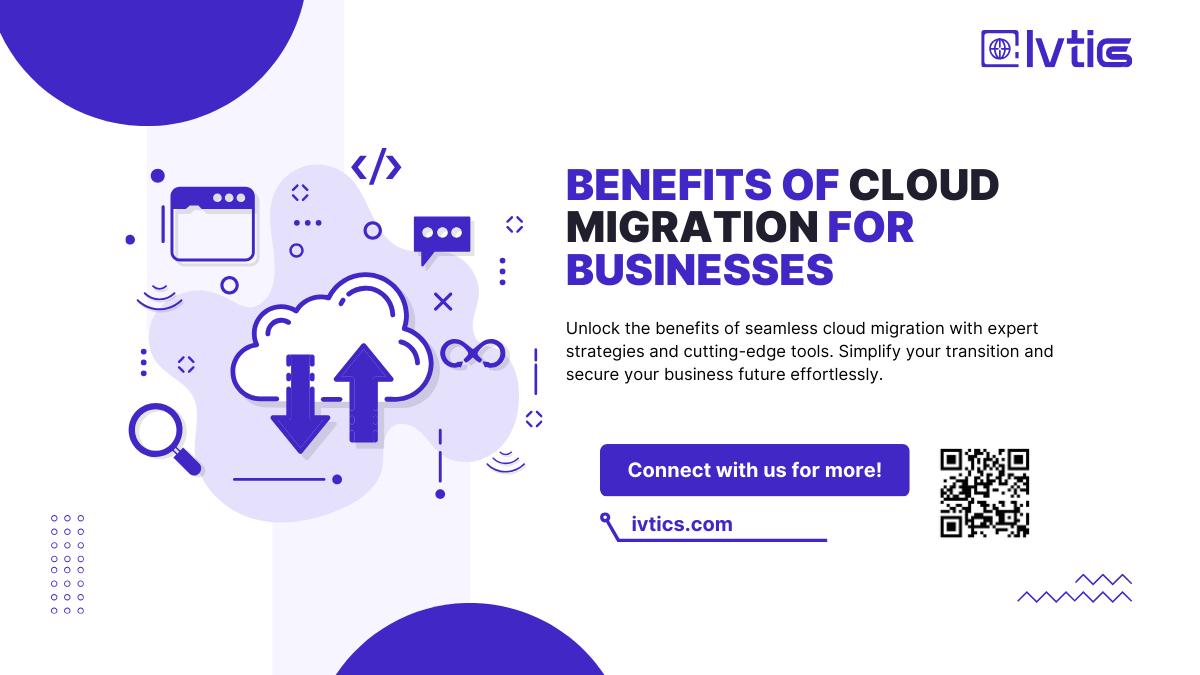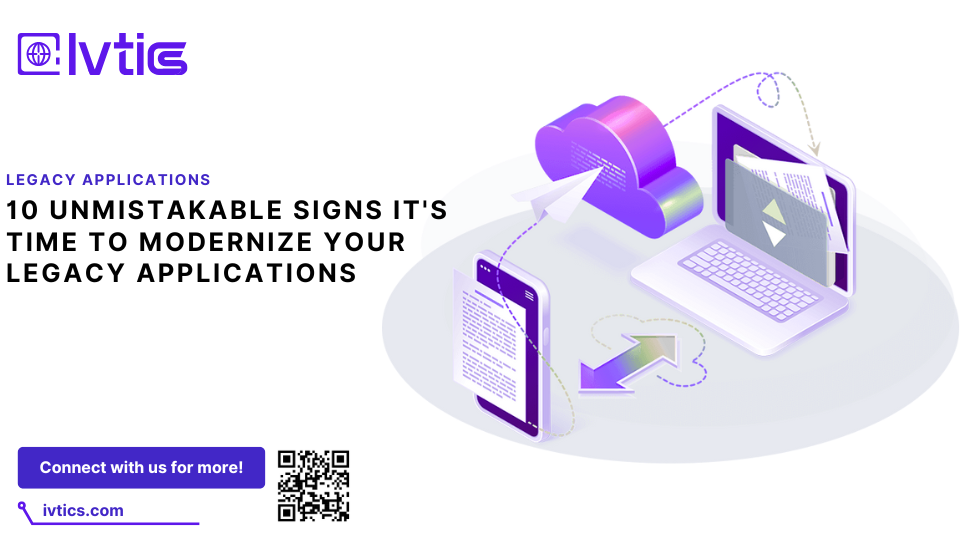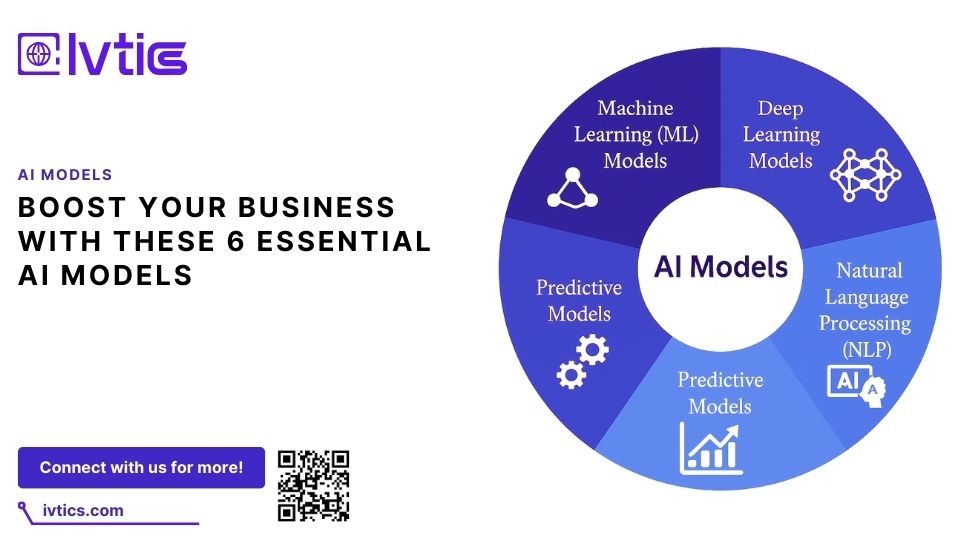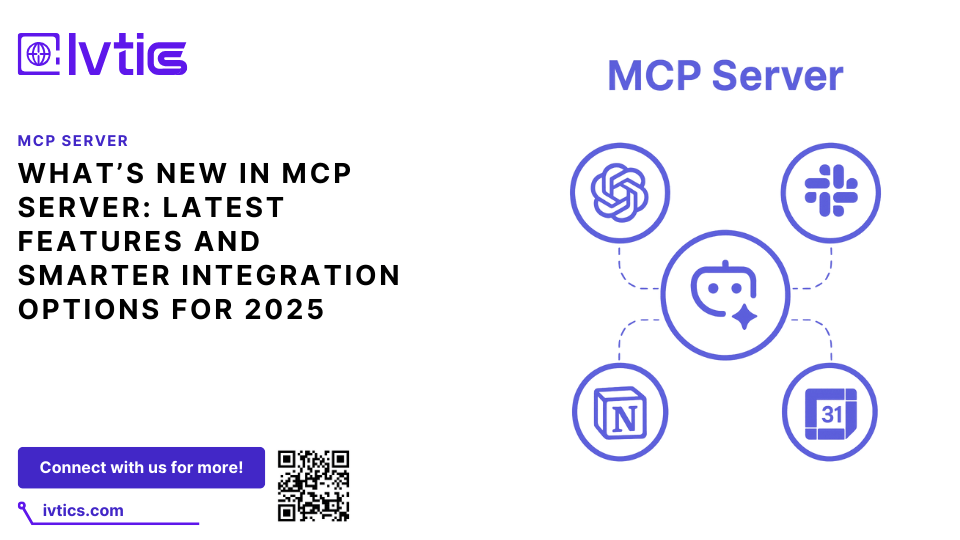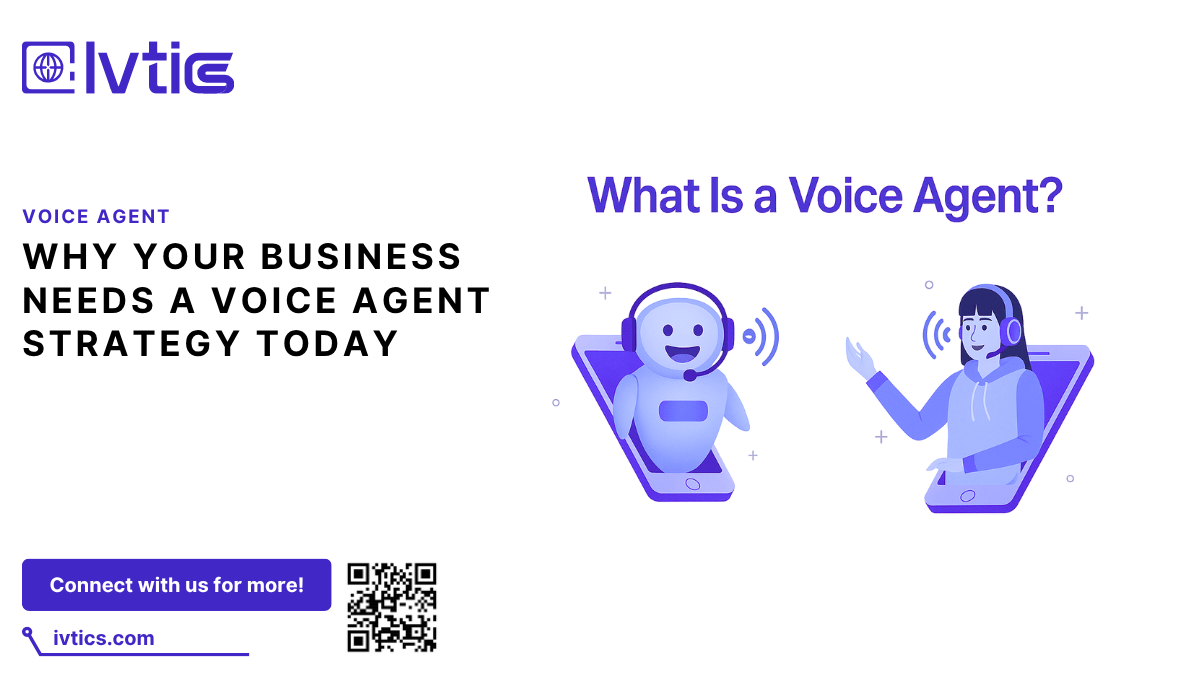Table of Contents
- Current Challenges with Legacy or Self-Hosted Systems
- What is Cloud Migration?
- Benefits of Cloud Migration for Businesses
- Azure Cloud Easiness Overview
- Legacy to Cloud Process
- Cloud Migration Strategies for Enterprises
- Top Cloud Migration Tools in 2025
- Cloud Migration Cost Analysis
- Cloud Migration Challenges and Solutions
- AWS vs Azure Cloud Migration Comparison
- How We Can Help Your Business
- Conclusion
- FAQs
The digital era demands agility, security, and cost-efficiency, which traditional legacy systems often struggle to provide. That’s why businesses worldwide are embracing cloud migration, a process that promises scalability, enhanced security, and significant cost savings. Curious how your business can benefit from it? Let’s dive in.
Current Challenges with Legacy or Self-Hosted Systems
Maintaining legacy or self-hosted systems often feels like pouring money into a black hole. They’re expensive, inflexible, and unable to meet the demands of modern businesses.
- High Maintenance Costs: Servers, hardware, and software updates can quickly eat up your IT budget.
- Scalability Issues: As your business grows, these systems may struggle to keep up.
- Limited Accessibility: Remote access and collaboration are harder with on-premise solutions.
- Outdated Security: Legacy systems are prime targets for cyber threats.
What is Cloud Migration?
Cloud migration is the process of moving your data, applications, and systems from on-premise infrastructure to cloud-based platforms. It’s not just a technical upgrade; it’s a strategic shift toward a more agile, secure, and scalable business model.
Benefits of Cloud Migration for Businesses
- Enhanced Scalability: Easily adapt to changing workloads without additional hardware investments.
- Improved Security: Cloud platforms like Azure and AWS offer robust, built-in security features.
- Cost-Effectiveness: While there’s an initial investment, the long-term savings are undeniable.
- Business Continuity: With disaster recovery and backups, downtime becomes a thing of the past.
Azure Cloud Easiness Overview
When it comes to cloud migration, Azure leads the way with its intuitive design and robust features.
- User-Friendly Interface: Azure’s dashboard simplifies management for IT teams.
- Seamless Integration: Azure integrates with popular tools like Microsoft 365 and Dynamics.
- Built-In Security: Compliance with global standards ensures your data is always protected.
Legacy to Cloud Process
Assessing Current Infrastructure
Before migrating, it’s essential to understand your existing systems and identify pain points.
Selecting the Right Cloud Migration Strategy
- Lift-and-Shift: A quick, cost-effective method for transferring applications as-is.
- Refactoring: Optimize applications for better performance in the cloud.
- Rebuilding: Create entirely new cloud-native applications.
Planning and Testing the Migration
Thorough testing minimizes downtime and ensures a smooth transition.
Cloud Migration Strategies for Enterprises
Enterprises can choose from three main strategies:
- Private Cloud: Dedicated resources for maximum security.
- Public Cloud: Cost-effective and scalable, ideal for startups.
- Hybrid Cloud: A mix of both for flexibility and control.
Top Cloud Migration Tools in 2025
- AWS Migration Hub: Streamlines your migration process.
- Azure Migrate: Comprehensive tools for assessing and migrating workloads.
- Google Cloud Anthos: Perfect for hybrid and multi-cloud environments.
Cloud Migration Cost Analysis
While upfront costs may seem high, cloud migration offers significant savings in the long term.
- Initial Costs: Assessment, tools, and migration fees.
- Long-Term Savings: Reduced hardware and maintenance expenses.
- Hidden Costs: Ensure you factor in training and potential downtime.
Cloud Migration Challenges and Solutions
- Data Security Concerns: Use encryption and compliance tools.
- Downtime During Migration: Plan migrations during off-peak hours.
- Integration Issues: Partner with experts for seamless application integration.
AWS vs Azure Cloud Migration Comparison
- AWS: Known for its robust ecosystem and global reach.
- Azure: Offers unmatched compatibility with Microsoft products.
How We Can Help Your Business
At Ivtics, we make cloud migration effortless.
- Tailored Services: From assessment to implementation, we handle it all.
- Expertise: Our team excels in Azure and AWS solutions.
- Comprehensive Support: From planning to post-migration optimization, we’ve got your back.
Conclusion
Migrating to the cloud is more than a trend; it’s a necessity for businesses aiming to stay competitive. With Ivtics by your side, you’ll experience a seamless transition tailored to your needs. Ready to transform your business?
Contact Ivtics today to discuss your cloud migration journey!
FAQs
- What are the primary steps involved in cloud migration?
The process involves assessing your current infrastructure, selecting a migration strategy, planning, and testing. - How do I choose between AWS and Azure for my business?
Consider your business needs, compatibility with existing tools, and budget. Azure is ideal for Microsoft users, while AWS offers extensive global reach. - How long does a typical cloud migration take?
It varies based on the complexity of your systems but usually ranges from weeks to months. - What security measures are in place for cloud migration?
Encryption, firewalls, and compliance tools ensure data safety during and after migration. - Can cloud migration reduce operational costs?
Yes! Cloud migration eliminates hardware maintenance and reduces energy costs, leading to long-term savings.
Insights
Related Blogs
Explore the latest insights in Development, Software, and
Technology. Stay ahead with our expert tips and industry trends.
